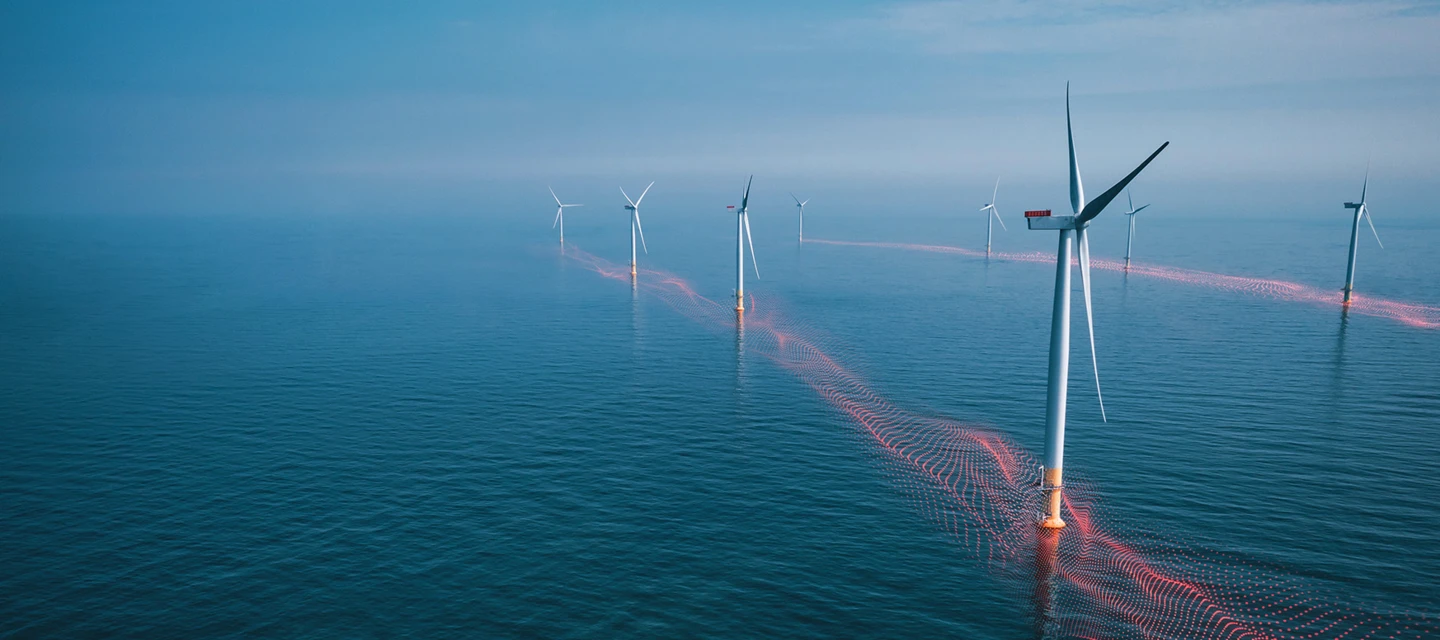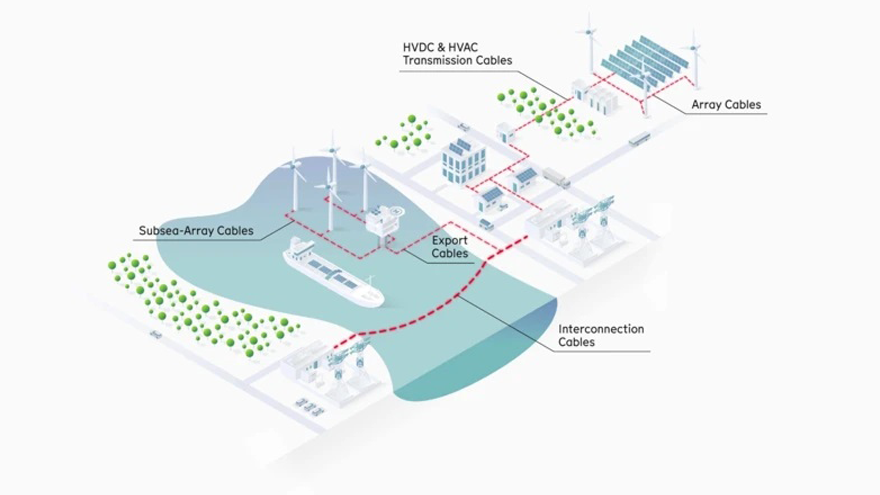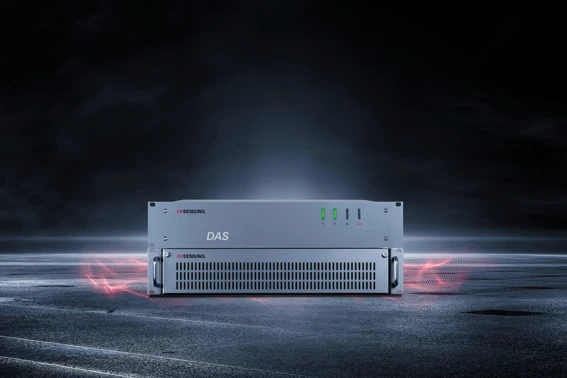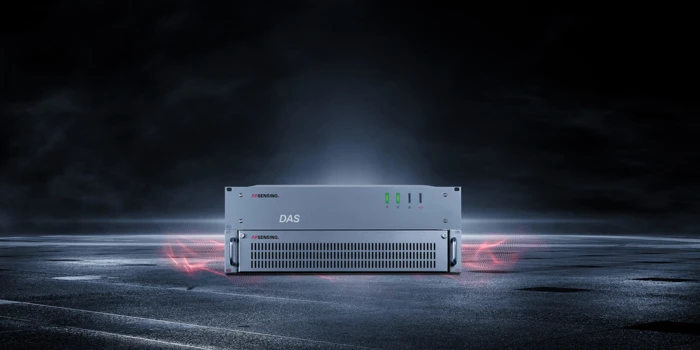
The future of energy requires green, renewable sources to meet growing demand. At the same time, grids must ensure greater connectivity and stability through smart technologies. This is a challenge for power grids, which already need to operate at the highest possible safe ampacity level today.
To protect valuable power cable infrastructure, high safety margins are often applied. These can limit the efficiency of your power cable infrastructure. Airway Security is the Distributed Temperature Sensing (DTS), Distributed Acoustic Sensing (DAS) and Distributed Temperature & Strain Sensing (DTSS) solution provider for your power grid. Our power cable monitoring solution balances the need for asset protection and power network performance optimization by efficiently pinpointing the root causes of cable failures and potential bottlenecks.
Understanding Power Grid Monitoring
As the demand for energy increases and the transition to renewable sources speeds up, power grids need enhanced connectivity and stability bolstered by intelligent technologies.
Power grid operators encounter the difficulty of balancing efficiency with safety and dependability. Operating at the maximum safe ampacity levels necessitates vigilant monitoring to prevent overloads and potential failures. By comparing current loads with planned estimates, operators can assess how much the steady-state load can be safely increased. Additionally, managing peak loads and emergencies poses another challenge, especially in pinpointing critical areas of exposed or shallowly buried sea cables, which can represent vulnerable points within the network.
Holistic cable condition monitoring offers the technological edge needed for the safe and reliable transmission and distribution of electricity.
Airway Security’s Monitoring Solutions
Airway Security’s Distributed Fiber Optic Sensing (DFOS) solutions for temperature, strain, and acoustic measurements provide an advanced methodology for monitoring and safeguarding your power infrastructure. This technology harnesses the capability of fiber optics to deliver precise, uninterrupted assessments of thermal and acoustic conditions across expansive distances, ensuring complete coverage of your entire power circuit.
With our innovative platform, you can achieve real-time insights that allow for the exact localization of hot spots and cable faults. This level of detail is crucial for maintaining optimal safety and operational efficiency in your power systems. Additionally, our solutions are designed to compute actual ampacity—meaning they can determine the maximum electrical current a conductor or cable can carry before encountering safety hazards—while also predicting emergency rating hours in advance, enabling better preparedness for unexpected situations.
Moreover, our technology can estimate critical parameters, such as the burial depth of submarine cables, which is essential for preventing potential damage and ensuring regulatory compliance during installation and operations. By implementing our sensing solutions, you will maximize network performance while upholding safety standards in your operational conditions.
We take pride in delivering meticulously designed and comprehensive solutions tailored to meet your specific challenges and applications. Our offerings encompass a wide range of functionalities that directly address the varied needs of today’s power infrastructure management.

Airway Security’s Linear Heat Detection System
Monitoring underground cables is essential for ensuring reliability and avoiding failures that can be attributed to environmental and mechanical hazards. Innovative technologies such as Distributed Temperature Sensing (DTS), Distributed Temperature & Strain Sensing (DTSS), and Distributed Acoustic Sensing (DAS) are vital for improving early fault detection and refining maintenance approaches. Read more.
There are approximately 1.4 million kilometers of active submarine cables worldwide. Monitoring these subsea cables is essential for maintaining the reliability and efficiency of underwater power transmission systems. AP Sensing’s DFOS solutions enhance fault detection, thermal performance, and the security of subsea cables.
With the distribution grid serving as the backbone of the modern electrical power system, it plays a crucial role in delivering electricity to businesses and homes. Continuous monitoring is key to predictive maintenance, enabling 24/7 oversight of equipment for optimal performance and early issue detection. Minimize downtimes and enhance the reliability of your electrical power distribution system with distributed fiber optic sensing.
Overhead power lines (OHL) play a crucial role in the transmission of electrical energy, forming the backbone of essential infrastructure networks. Overhead Lines with Fiber Optical Groundwires (OPGW) have become a key component in these networks, supporting reliable communication and power transmission. Distributed FiberOptic Sensing (DFOS) is an ideal solution for monitoring these critical infrastructures, offering precise, real-time insights to ensure performance and safety.
Technologies Used in Power Grid Monitoring

Distributed Temperature Sensing (DTS)
Distributed Temperature Sensing (DTS) is crucial in power grid monitoring. It provides continuous temperature monitoring of power cables, detecting hotspots and thermal bottlenecks, delivering operational status, condition assessment and power circuit rating data (RTTR/ DCR).

Distributed Temperature Sensing (DTS)
Distributed Acoustic Sensing (DAS) offers accurate cable fault detection and location, as well as third party intrusion (TPI) protection both onshore (e.g. cable theft, digging and drilling) and offshore (e.g. anchor drops and drags). Providing efficient power cable condition monitoring by listening 24/7 to acoustic signatures, DAS helps you optimize transmission line and distribution networks, while reducing operational costs along the entire asset.

Distributed Temperature & Strain Sensing (DTSS)
Distributed Temperature & Strain Sensing (DTSS) enables continuous monitoring of both temperature and mechanical strain along power cables, detecting thermal anomalies, mechanical stress, and potential cable damage. It provides real-time insights for condition assessment, operational integrity, and power circuit rating (RTTR/DCR), enhancing grid reliability and predictive maintenance.

Expanding Our Monitoring Solutions
Airway Security’s Distributed Fiber Optic Sensing (DFOS) solutions for temperature, strain and acoustic measurements, together with our proven real-time thermal rating (RTTR)/dynamic cable rating (DCR) engine and unique SmartVision asset visualization and data management software, give you the ideal solution to monitor and protect your power infrastructure.
Airway Security offers Distributed Fiber Optic Sensing (DFOS) solutions for monitoring temperature, strain, and acoustic measurements. Paired with our reliable real-time thermal rating (RTTR) and dynamic cable rating (DCR) engine, as well as our innovative SmartVision software for asset visualization and data management, we provide an optimal solution to oversee and safeguard your power infrastructure.
Airway Security’s Fiber-based Current Monitoring (FbCM) expands the functionality of our DAS technology with the option of electrical condition monitoring. Sheath currents of AC power cables are indicators for the functionality of bonding, insulation failures, link box flooding, unwanted ground contacts and sheath damages resulting from third party intrusions (TPI). Airway Security’s FbCM can detect all those issues in real-time.
Airway Security’s SmartVision management suite shows the condition of your circuits at a glance, controlled by an easy-to-use graphical user interface (GUI). It seamlessly integrates many DAS, DTSS, DTS, CCTV and other sensors into a single platform. Circuit layouts are mapped and color-coded to show the measured cable temperatures, as well as instantaneous changes in acoustic energy. Temperature graphs and hotspot tables are readily available. Sections of the cable route can be individually defined for flexible alarm levels and types. Points of interest, such as cable joints, horizontal drillings and manholes can be analyzed with historic trend analysis and historical data is always accessible.
Additionally, our Machine Learning Transient Alarm (MLTA) detects abnormal asset behaviors that would otherwise remain hidden within the temperature traces captured DTS systems. Our unique MLTA technique allows for the isolation of thermal transients along the monitored asset, enabling the detection of even small cold- and hotspots and triggering fast, reliable alarms.
Real-time thermal rating (RTTR) or dynamic cable rating (DCR) continuously calculates the conductor temperature of a power grid by taking current load, load history, thermal conditions and other factors into account. At the same time it predicts the maximum permissible load for steady state and emergency situations. Based on industry standards IEC 60287, IEC 60853 and finite element modeling, you can operate your network at the highest possible safe ampacity levels with excellent predictive capabilities.
For subsea cables, a Depth of Burial module (DoB) can be integrated into the SmartVision software platform to calculate the Burial Depth of the cable. DoB changes are identified along the cable, enabling significant cost savings. In addition, exposed subsea cable segments can be detected and countermeasures initiated.

Get in Touch With Our Experts
Airway Security, known for its reliable performance and ongoing innovation, provides a fully integrated, comprehensive solution crafted in Germany. Our team collaborates with you to choose the ideal combination of technologies that meet your needs.
